With a volatile market like the one we’ve seen over the last couple of weeks, many traders are at risk of falling victim to their emotional weaknesses. Folks don’t seem to bat-an-eye when the markets are endlessly pumping higher, but once some volatility and selling pressure comes knocking, emotions tend to rise for the worst. While this is the case for many, it certainly doesn’t have to be that way.
I used to be that trader. That trader that would lose it emotionally and give back significant progress anytime the markets slightly corrected. The biggest problem with this is that the markets correcting at some point are inevitable. It would be impossible to create a steadily rising equity-curve in our accounts if every time the markets got soft, we gave back significant gains.
The emotional ups & downs that can come from that kind of self-inflicted pain are exhausting and can leave us feeling defeated. After experiencing my fair share of that self-inflicted pain in the past, I have rules in place & have developed a much stronger control of my emotions to ensure I no longer experience that mental-hell every time the market drops.
So, what’s allowed me to comfortably sit through the recent flush, even as swing positions have gone against me?
-
- Proper position sizing
- Proper position sizing takes care of a lot of problems. Never risking more than you’re willing to lose makes sitting through drawdowns and volatile markets much easier, as you’ve already accepted the potential risk
- Aside from $AMZN, all my other swings are below-average position sizes due to the extended structure of the market at time of entry. Because of this, even as these positions come against me, I’m not putting a dent in the gains closed when the market was pumping
- Proper position sizing
-
- Adequate time until expiration on my swings
- It’s markets like this that make me value having ample time until expiration on my swings
- When swings work immediately, I tend to think “I wish I went closer to expiration” so I could collect more of my max profit quicker. When the markets get volatile, I find a lot of peace-of-mind knowing my swings have plenty of time left, making it so much easier to sit through temporary drawdowns & placing potential hedges.
- Adequate time until expiration on my swings
-
- A probabilistic mindset
- Trading is simply a game of probabilities
- When we focus on trading clean setups, with a bullish structure that fits all of our criteria, we put the probability of profiting in our favor as much as we possibly can
- However, the numbers within the probabilities tell us the ultimate truth about trading: losses are part of the game
- The best trader in the world may have a 70% win-rate. Even so, he or she is likely to lose at least 30+ trades out of every 100 placed. That’s a likely reality and outcome, as the numbers don’t lie. That’s what the probabilities tell us to expect
- While we can focus on setups that put the odds in our favors, we have absolutely no control over the order in which the probabilities play out. We may profit on 60 out of 100 trades, but the order in which those wins & losses will playout is completely random
- With all of this being said, losing trades are a part of the game (and a guarantee based on probabilities) that I have learned to comfortably live with.
- A probabilistic mindset
- Thinking forward
- I hope to have 50+ good years of trading ahead of me
- 50 years x 50 weeks of trading per year = 2500 weeks
- 2 “sloppy” weeks represents 0.08% of the trading weeks I have ahead of me. Will these last couple of weeks really matter 2,498 weeks from now? Nope!
Position size properly, focus on high-probability setups, and let the order of the probabilities playout as they may. Take any lessons that volatile markets have to offer as an opportunity to trade better for your next 2,000+ weeks.

